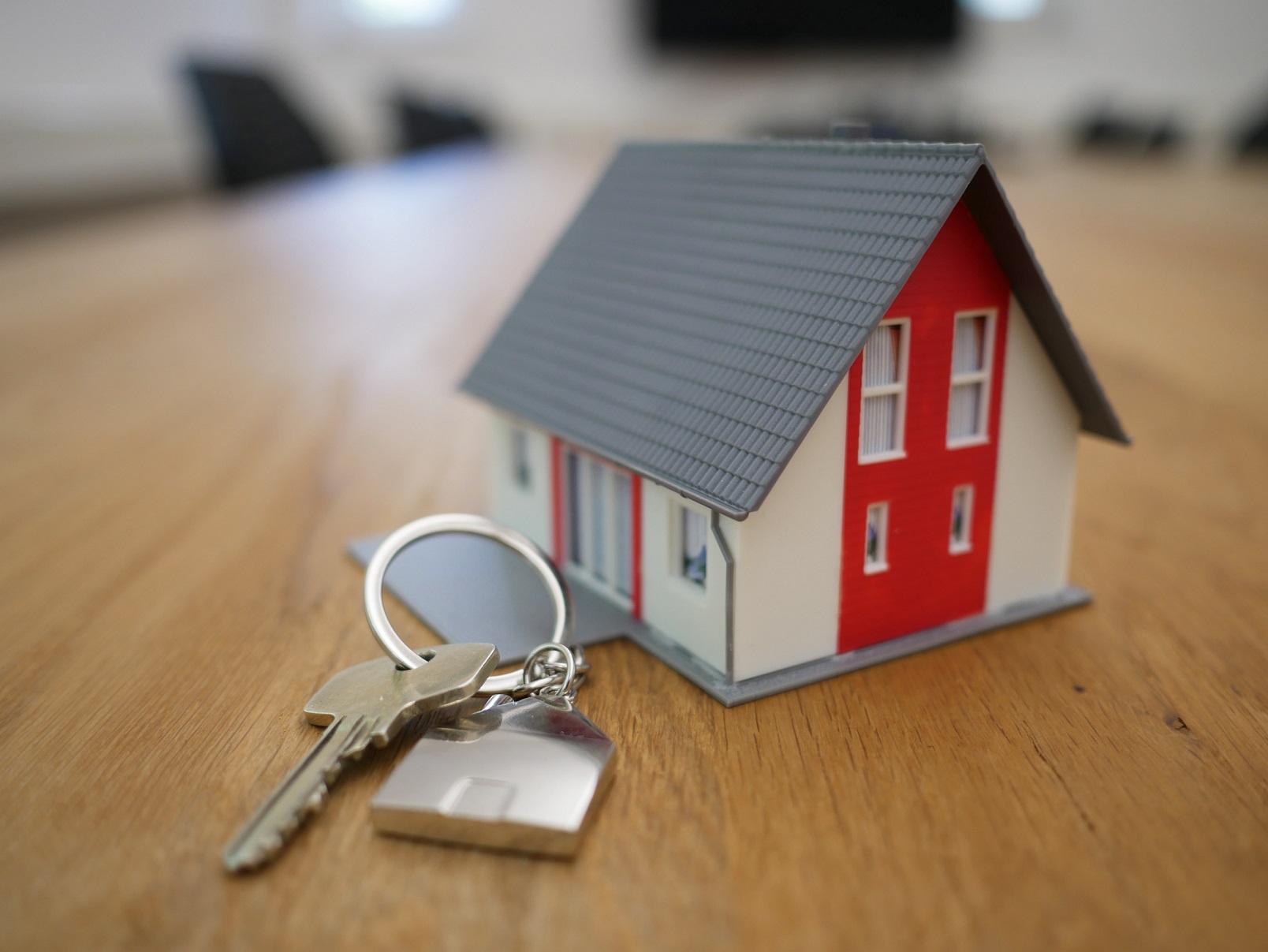Europe is increasingly looking towards rent. In some countries such as France, Germany, Italy and Spain, but also the United Kingdom, rents are increased by 41.5% in the last decade. In 2023 alone, residential rents recorded an average increase of 5%, reaching an average of 18.50 euros per square meter per month. With regard to Italyin 2000 23% of families lived in a rented house, while today the percentage is rose to 26th and is still growing.
These are some of the data that emerge from the report “The house for rent in Italy and Europe – Focus Milan and Lombardy” presented today in Milan by Scenari Immobiliari and Abitare Co.
According to Mario Breglia, president of Scenari Immobiliari, it is not only an economic phenomenon that pushes towards rental, “but also a different approach to the way of life that started with young people and is affecting larger segments of the population, especially urban Italian families they spent over 5.8 billion euros on rent last year. It is a figure that has grown by ten percent in five years. And this count excludes the short-term rental sector.”
Prices in European cities and Italy
In 2023, among the main European cities, Madrid recorded the largest increase in rents, with a average increase of 8.6%, followed by Lisbon (+7.6%), Milan and Vienna (+6.4%), and Rome (+6.3%). More modest increases were recorded in Berlin (+1.7%), while rents remained stable in Munich (+0.5%) and decreasing in Amsterdam (-2.1%).
But despite a decline of 6.7% compared to 2022, the Dutch city it remains one of the most expensive places to rent, given that it can also be expensive 2,100 euros per month. The cost of a single room for students has also increased, reaching 950 euros per month with an increase of 5.6%. Berlin has seen a sharp drop of 6.5% in rents for two-room apartments, which are now around 1,570 euros per month, despite remaining more affordable than other capitals.
But for apartments in second place we find Milanwith his 1,980 euros per month, also beating Paris (1,850 euros) and Munich (1,770). The Lombard city is also in second place in the ranking for a private room, with 750 euros.
Looking at other European cities, Berlin has recorded a sharp drop (-6.5 percent) in the average rent for two-room apartments which is now at 1,570 euros per month, but, compared to other capitals, the German city remains more affordable. Munich has the most expensive rent, after Amsterdam, in the studio apartment segment with 1,550 euros per month and an increase of 5.1 percent compared to 2022.
If Milan is the one with the highest costs, there is another Italian city which is among the cheapest among those examined: it is Turinwhich, as regards the monthly cost of a two-room apartment, are paid on average 1,050 euros.
The numbers and trends of rental in Italy
During 2023, approximately 1.14 million new rental contractsrecording an increase of 4.1% compared to 2022, generating an additional volume of rents of approximately 7.7 billion euros and involving a residential area of over 96.5 million square meters.
The rental homes have an average size of just under 85 square meters and a monthly rent of just under 570 euros. Demand continues to be concentrated in the large urban centers of the Peninsula, as confirmed by the price trend.
The highest level of average annual rent is found at Milanreaching i 176 euros per square meter per year; followed by Rome, with an average annual rent of 151 euros per square meter, Bologna with around 120 euros per square meter, and Naples with just over 100 euros per square meter per year, finally Genoa with 85 euros per square meter per year . The forecasts for 2024 indicate the consolidation of the level achieved: a slight increase in rents is expected, on average 1.5%, bringing the average reference value to €82/m2/year
But many Italians do not want to rent houses, the reasons
According to data from Crif and Nomisma inrental observatory 2023, there are also Italian groups who own houses but don’t want to rent them out. A significant percentage of owners, equal to 30%, say they are not willing to rent out their homes. This percentage is higher among those who own a single home in addition to their residence or holiday home, while it drops to 15% for those who own 3 or more homes in addition to the main one. Excluding those who have never rented out their properties, there is another 10% owners That says he has rented in the past, but now has no intention of doing so again. Of these, nearly 40% have had negative experiences such as evictions, forced payment demands or missed payments, which have discouraged them from renting further.
However, currently half of the owners of extra properties (in addition to residential or holiday properties) have at least one rental home, and a further 30% say they are ready to rent it out in the near future.

